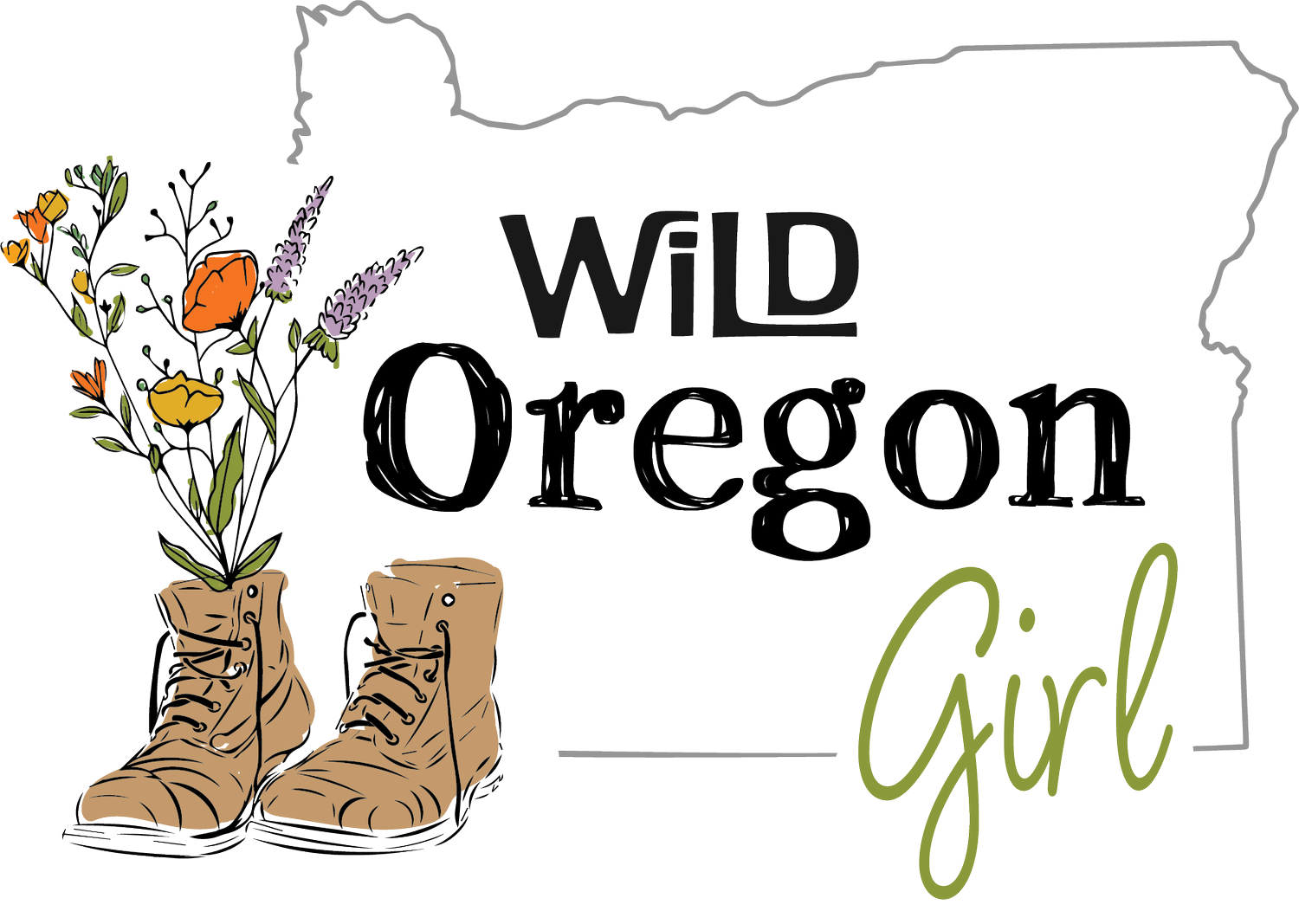Camp Abbot Cinder Pit
I grew up on a cinder road, south of Sunriver. I remember the neighbor kid's collecting very shiny, iridescent type lava rocks from the ditches that lined our street. They swore that boiling the rocks made the rainbow effect even stronger. The rocks were porous and lighter than other rocks their size, some could even float. Mahogany, cream, and blue- black, the rocks were the currency of our grade- school play world. I know now that they come from The Camp Abbot Cinder Pit. Most of the cinder roads in and around Sunriver was mined from this butte.
 Known informally as 'The Sunriver Quarry', it is mostly used as a place for target practice. There is a one-way 3/4 mile road to the top. Walking up the road is pretty much the equivalent of 'walking the butte' in Bend, only with with gunshots and more trees. Your'e pretty much guaranteed to be alone at the top, in 20 years I've never had to share the view with anyone (I didn't bring along). There is also a geocache at the top, I picked up some groovy shoelaces.
Known informally as 'The Sunriver Quarry', it is mostly used as a place for target practice. There is a one-way 3/4 mile road to the top. Walking up the road is pretty much the equivalent of 'walking the butte' in Bend, only with with gunshots and more trees. Your'e pretty much guaranteed to be alone at the top, in 20 years I've never had to share the view with anyone (I didn't bring along). There is also a geocache at the top, I picked up some groovy shoelaces.
 A butte is formed when a pipeline of molten lava hits water. The reaction is a steaming geyser of fire, water, and earth. The debris from the eruption falls back down to the ground forming a cinder cone. When lava cools quickly it takes on an iridescent sheen. This butte was created by such an event about 7,000 years ago, it is older than Lava Butte.The Camp Abbot Butte overlooks present day Sunriver, former site of a 5,500 acre military training facility. During World War II the land was purchased by the government and used to house and train up to 10,000 men at a time.The cinder from this butte lined the roads of Camp Abbot. In operation for less than a year and over 60 years deactivated, the camp is but a memory of the great meadow below.'The Sunriver Quarry' is located on Road 40, on the East side of Highway 97.
A butte is formed when a pipeline of molten lava hits water. The reaction is a steaming geyser of fire, water, and earth. The debris from the eruption falls back down to the ground forming a cinder cone. When lava cools quickly it takes on an iridescent sheen. This butte was created by such an event about 7,000 years ago, it is older than Lava Butte.The Camp Abbot Butte overlooks present day Sunriver, former site of a 5,500 acre military training facility. During World War II the land was purchased by the government and used to house and train up to 10,000 men at a time.The cinder from this butte lined the roads of Camp Abbot. In operation for less than a year and over 60 years deactivated, the camp is but a memory of the great meadow below.'The Sunriver Quarry' is located on Road 40, on the East side of Highway 97.


